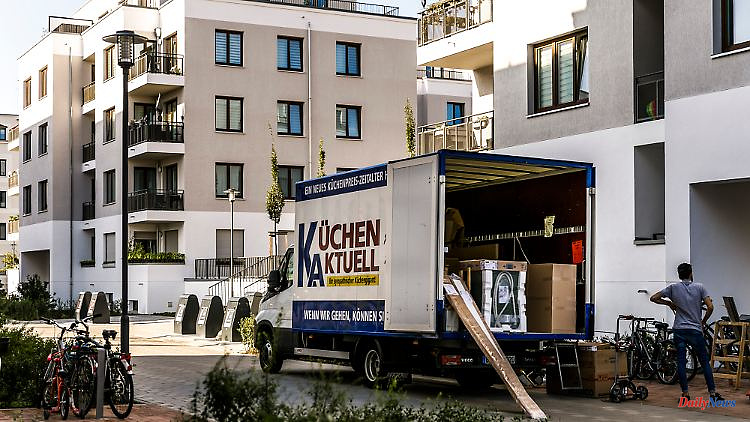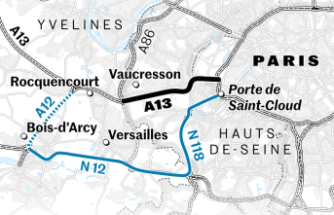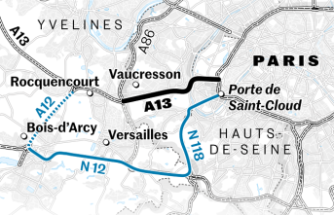Since the Corona crisis, 14 percent of working city dwellers have moved away - but more to the commuter belt than to the countryside. Working from home makes it possible. Many city dwellers see no alternative to moving due to high rents and rising energy prices.
According to the Ifo Institute, working from home and rising housing costs are causing many city dwellers to move. Since the beginning of the Corona crisis, 14 percent of part-time or full-time city dwellers have moved away, and another 10 percent are planning to move within a year, the Ifo Institute said on the basis of a representative survey. For employees in the home office, the effect is a good 10 percentage points higher.
"Among the people who left the big city, 38 percent moved to the commuter belt," only 14 percent to a small town or to the country. "Contrary to some expectations, the corona pandemic has not led to people fleeing to the countryside. Our survey results indicate that this is not to be expected in the future either," said Mathias Dolls, deputy head of the Ifo Center for Macroeconomics and Surveys.
Last autumn, the economic researchers, together with the real estate portal "Immowelt", carried out a representative survey of more than 12,000 people in Germany. One in five respondents sees housing costs as a major financial burden. "Respondents name increased rents and higher energy prices as the main cost drivers," said Dolls.
Twelve percent of people who still want to move within a year name the financial burden as the most important reason for moving. Ten percent of the city dwellers surveyed stated that they were planning a major move by autumn of this year. Of these, 40 percent move to a smaller city, 22 percent to the commuter belt and 20 percent to a small town or the country.












